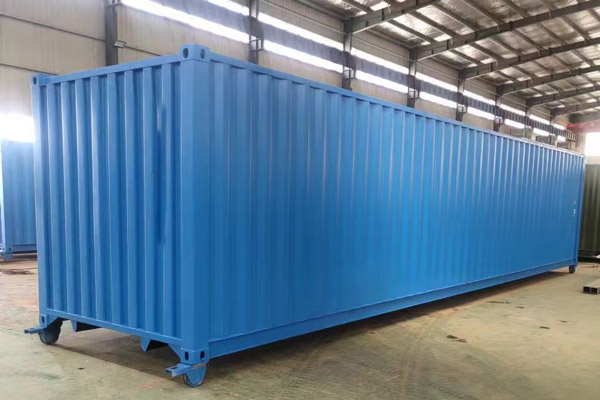In recent years, China has emerged as a dominant force in global trade, with container transport playing a pivotal role in this transformation. The rapid development of China's container shipping industry has not only reshaped its economy but has also redefined the dynamics of international trade routes.
China's container transport industry began to take shape in the late 20th century, coinciding with the country's economic reforms and opening-up policies initiated in 1978. The establishment of Special Economic Zones (SEZs) facilitated foreign investment and the growth of manufacturing, leading to an exponential increase in exports. The government’s strategic investments in port infrastructure, logistics, and shipping capabilities laid the groundwork for a thriving container shipping sector.
By the early 2000s, China had significantly increased its container throughput, rapidly becoming the world’s largest container port operator. Major ports, such as Shanghai, Shenzhen, and Ningbo, have expanded their capacities and capabilities, allowing them to handle an ever-growing volume of containerized cargo. According to the latest statistics, the Port of Shanghai has consistently ranked as the busiest container port globally, with millions of TEUs (Twenty-foot Equivalent Units) processed each year.
Factors Driving the Rise of Container Transport in China
1. Economic Expansion: China’s rapid economic growth has been fueled by its status as the “world’s factory.” The demand for efficient transport of goods has spurred the development of container shipping, enabling manufacturers to export products globally at a competitive pace.
2. Govrnment Policy and Investment: The Chinese government has prioritized the development of its shipping industry through subsidies, infrastructure investment, and favorable policies. Initiatives such as the Belt and Road Initiative (BRI) aim to enhance connectivity and trade routes, further integrating China into the global economy.
3. Technological Advancements: The adoption of advanced technologies in logistics and shipping has improved efficiency and reliability. Automation in ports, real-time tracking systems, and digital platforms for managing shipments have streamlined operations, making container transport more appealing to international businesses.
4. Global Supply Chain Integration: As companies increasingly adopt just-in-time manufacturing practices, the need for reliable and efficient shipping solutions has grown. China’s container transport system has become integral to global supply chains, providing timely delivery and reducing lead times.

China’s rise as a leader in container transport has had profound implications for global trade dynamics:
1. Changing Trade Routes: The emphasis on container shipping has led to the emergence of new trade routes and partnerships. China has established direct shipping links with emerging markets in Africa, Southeast Asia, and Latin America, fostering deeper economic ties.
2. Cost Efficiency: Containerization has revolutionized the shipping industry by significantly lowering transportation costs. This efficiency has made it feasible for businesses worldwide to source goods from China, thereby boosting trade volumes.
3. Increased Competition: China’s dominance in container transport has intensified competition among global shipping lines and ports. Other countries are compelled to enhance their shipping capabilities to remain competitive in the global market.
4. Environmental Considerations: The growth of container shipping has raised concerns about its environmental impact. Increased emissions from shipping activities have prompted discussions on sustainable practices and regulations within the industry.
Despite its successes, China's container transport industry faces several challenges that could impact its future growth:
1. Geopolitical Tensions: Trade disputes and geopolitical conflicts can disrupt trade routes and impact shipping operations. The ongoing tensions between China and the United States, for example, have already influenced trade patterns and shipping dynamics.
2. Port Congestion: Rapid growth in container volumes has led to congestion at major ports, resulting in delays and increased costs. Efficient management of port operations and investments in infrastructure are crucial to addressing this issue.
3. Environmental Regulations: As global awareness of climate change increases, stricter environmental regulations are likely to be enforced. The shipping industry must adapt to these changes, investing in greener technologies and practices.
4. Technological Disruption: While technology presents opportunities for efficiency, it also poses risks. Cybersecurity threats and the potential for automation to displace jobs in the shipping industry require careful management and planning.
The rise of China’s container transport has established a new artery for global trade, fundamentally altering the landscape of international commerce. With continued investment in infrastructure, technology, and sustainable practices, China is poised to maintain its leadership in container shipping. However, addressing the challenges of geopolitical tensions, port congestion, environmental concerns, and technological disruption will be essential for sustaining this growth. As the world becomes increasingly interconnected, China’s role in global trade will undoubtedly remain significant, shaping the future of international commerce for years to come.


